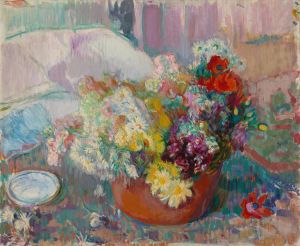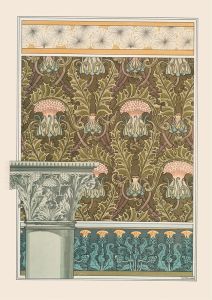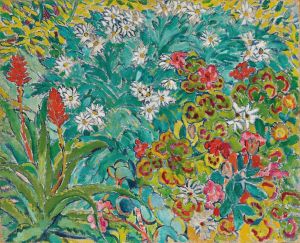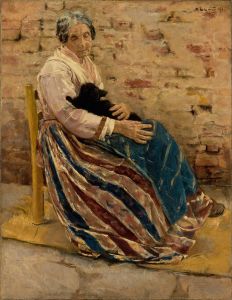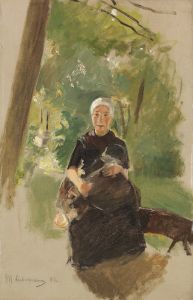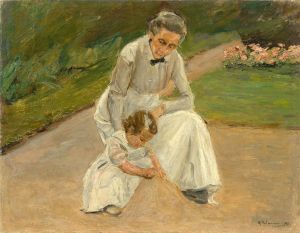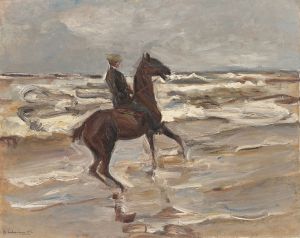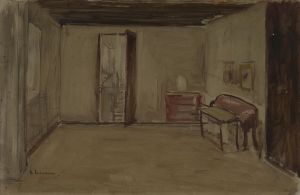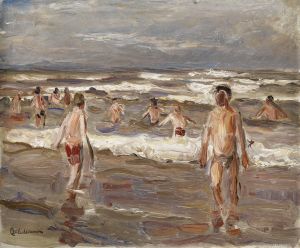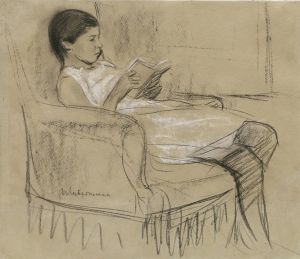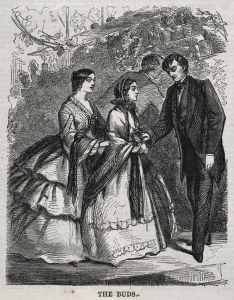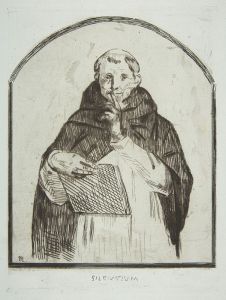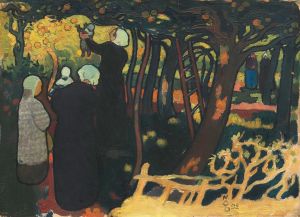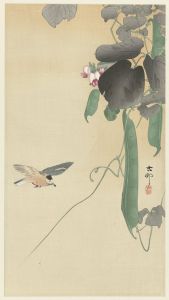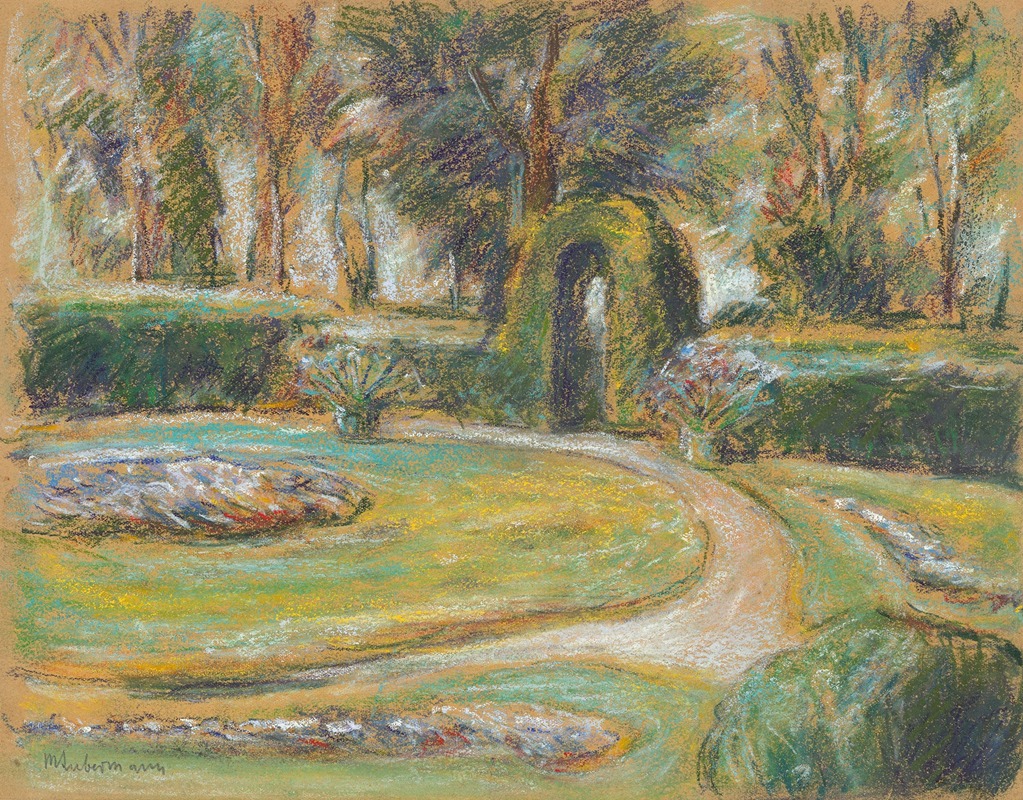
Das Rondell im Heckengarten
A hand-painted replica of Max Liebermann’s masterpiece Das Rondell im Heckengarten, meticulously crafted by professional artists to capture the true essence of the original. Each piece is created with museum-quality canvas and rare mineral pigments, carefully painted by experienced artists with delicate brushstrokes and rich, layered colors to perfectly recreate the texture of the original artwork. Unlike machine-printed reproductions, this hand-painted version brings the painting to life, infused with the artist’s emotions and skill in every stroke. Whether for personal collection or home decoration, it instantly elevates the artistic atmosphere of any space.
Das Rondell im Heckengarten (The Rondel in the Hedge Garden) is a painting by the German Impressionist artist Max Liebermann. Created in 1919, the work exemplifies Liebermann's mature style, characterized by his focus on light, atmosphere, and the depiction of serene, everyday scenes. The painting portrays a circular garden feature, or "rondel," surrounded by meticulously trimmed hedges, with dappled sunlight filtering through the trees. This tranquil garden setting reflects Liebermann's interest in capturing the harmony between nature and human cultivation.
The painting is part of a series of works Liebermann created depicting the garden of his summer residence at Wannsee, near Berlin. Liebermann purchased the property in 1909 and worked closely with landscape architects to design the garden, which became a recurring subject in his art. The Wannsee garden, with its geometric layout and interplay of light and shadow, provided Liebermann with a controlled yet dynamic environment to explore his Impressionist techniques.
Liebermann's garden paintings, including Das Rondell im Heckengarten, are notable for their loose brushwork and subtle color palette, which convey a sense of immediacy and intimacy. These works often focus on quiet, unpopulated scenes, emphasizing the beauty of cultivated nature rather than human activity. The rondel itself, a circular arrangement of plants or flowers, serves as a central motif in this painting, drawing the viewer's eye and anchoring the composition.
Max Liebermann (1847–1935) was a leading figure in the German Impressionist movement and a prominent member of the Berlin Secession, an artists' association that sought to promote modern art in Germany. His work often drew inspiration from Dutch and French Impressionism, and he was particularly influenced by the naturalistic depictions of everyday life found in the works of artists like Jean-François Millet and Édouard Manet.
Today, Das Rondell im Heckengarten is recognized as an important example of Liebermann's garden paintings and his broader contribution to Impressionism in Germany. The painting is housed in the collection of the Max Liebermann Villa, now a museum dedicated to the artist, located at his former summer residence on the shores of Wannsee. The museum preserves both the house and the restored garden, offering visitors a glimpse into the environment that inspired many of Liebermann's works.
This painting, like much of Liebermann's oeuvre, reflects his ability to capture the interplay of light, texture, and atmosphere, making it a significant piece within the context of early 20th-century European art.





